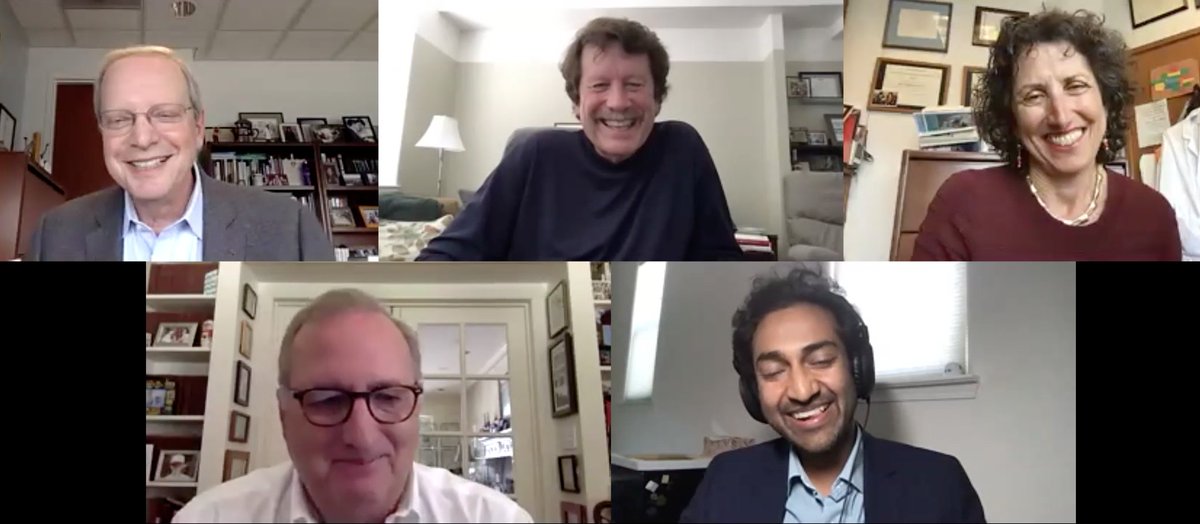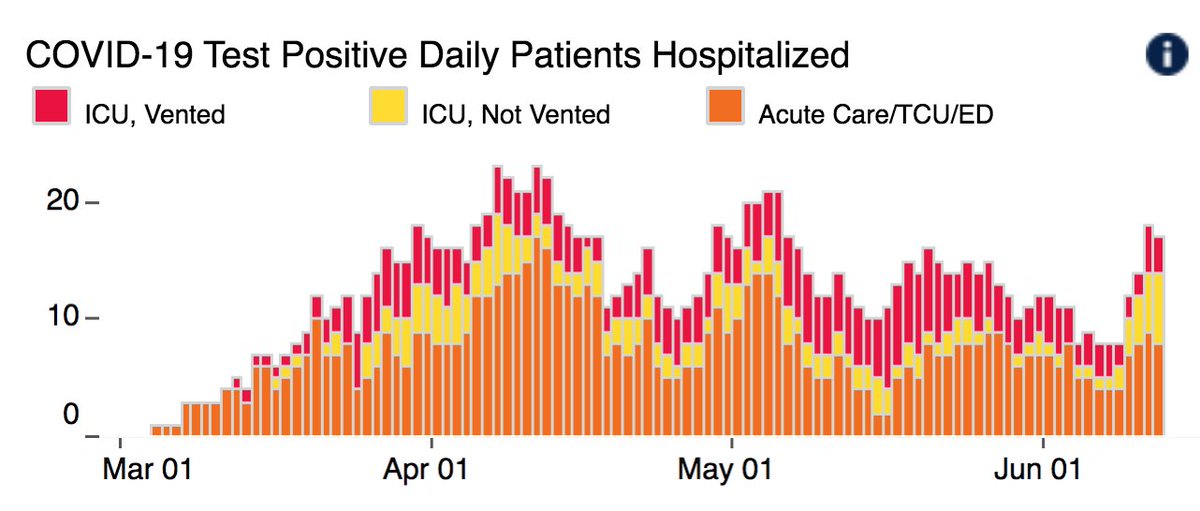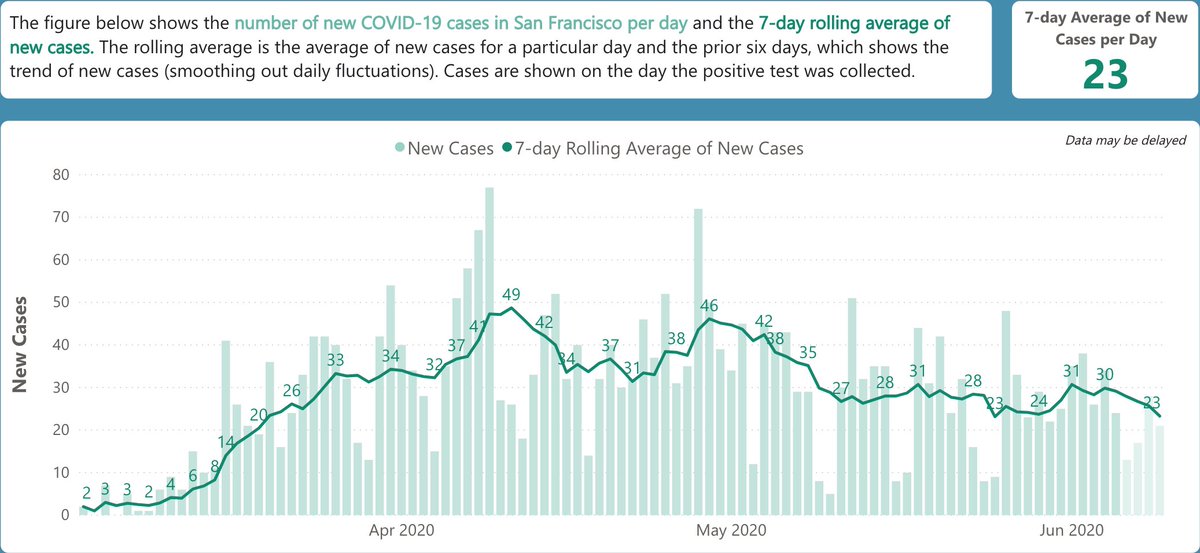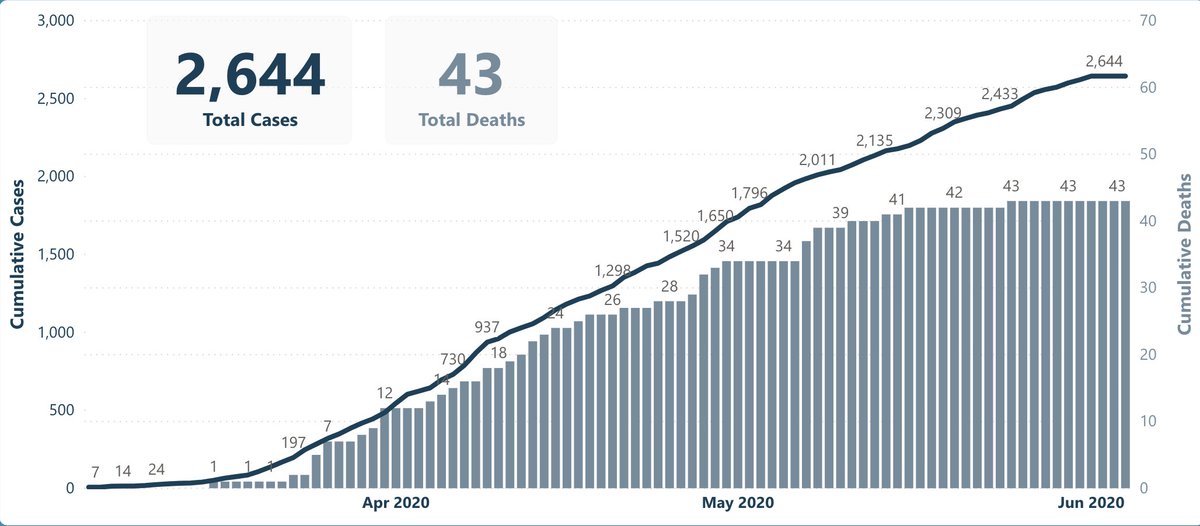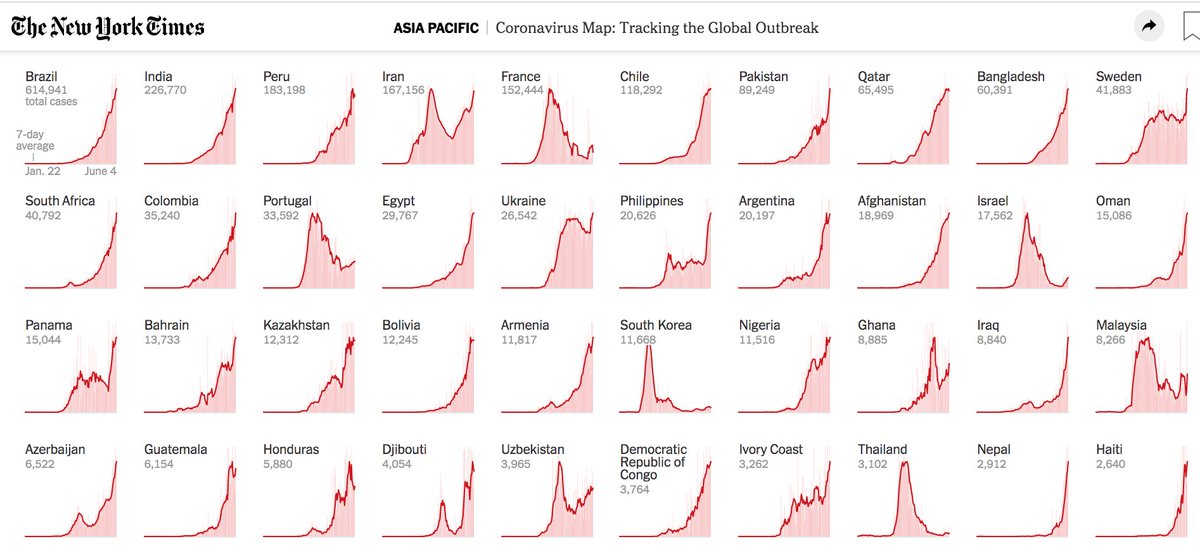Grand Rounds today; here: bit.ly/2AiPTmj
First, George Rutherford update on Epi & @WHO fiasco. Then all-star panel discussion re: the tension between going fast & getting it right in Covid, w/ @califf001, @VPrasadMDMPH & @RFRedberg
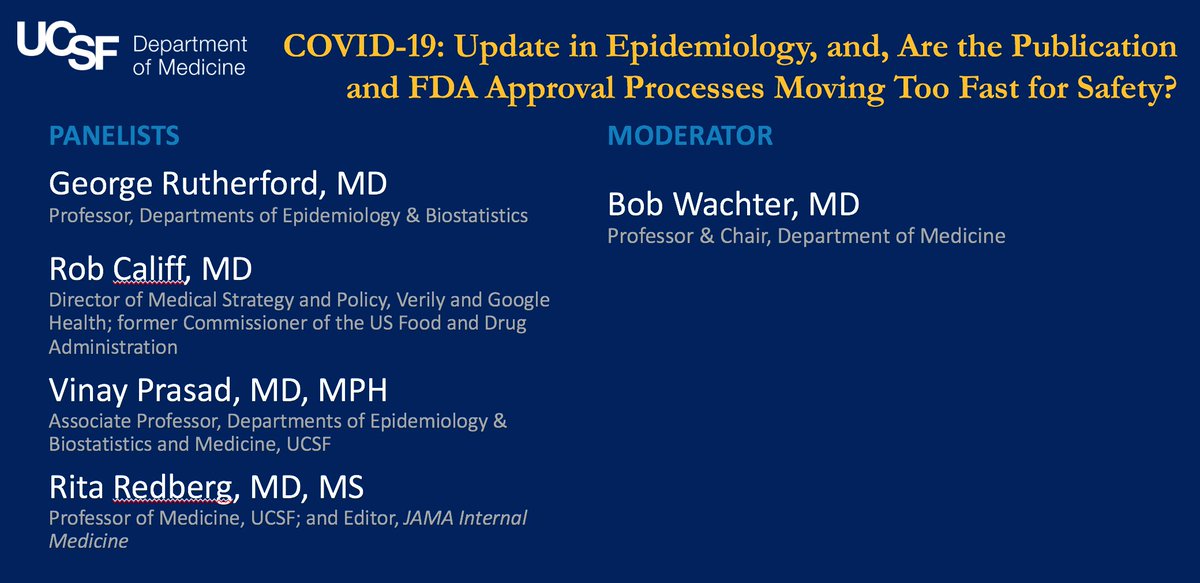
George R. discusses SF, CA situation @ 10:40 on video.




Hope you fine 75 minutes to watch, again here: bit.ly/2AiPTmj
Back tomorrow for weekly roundup.
